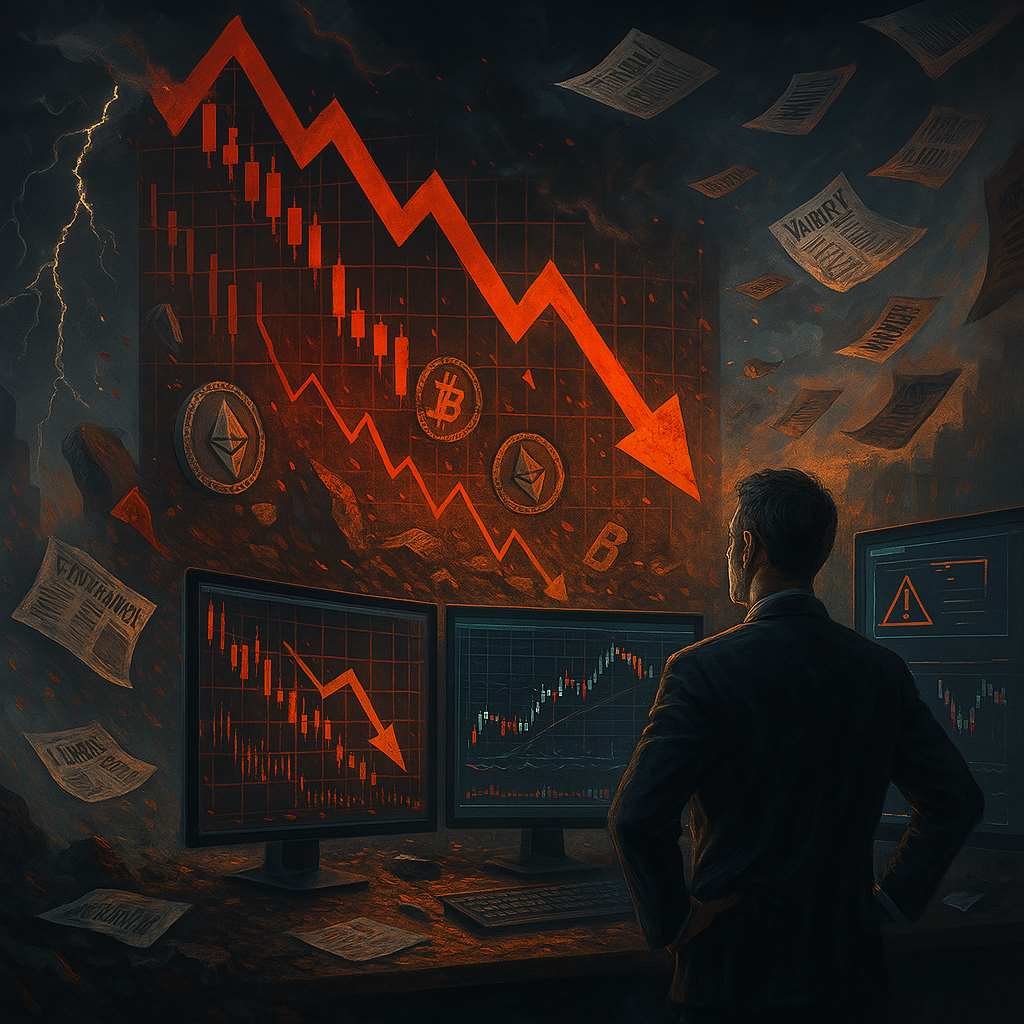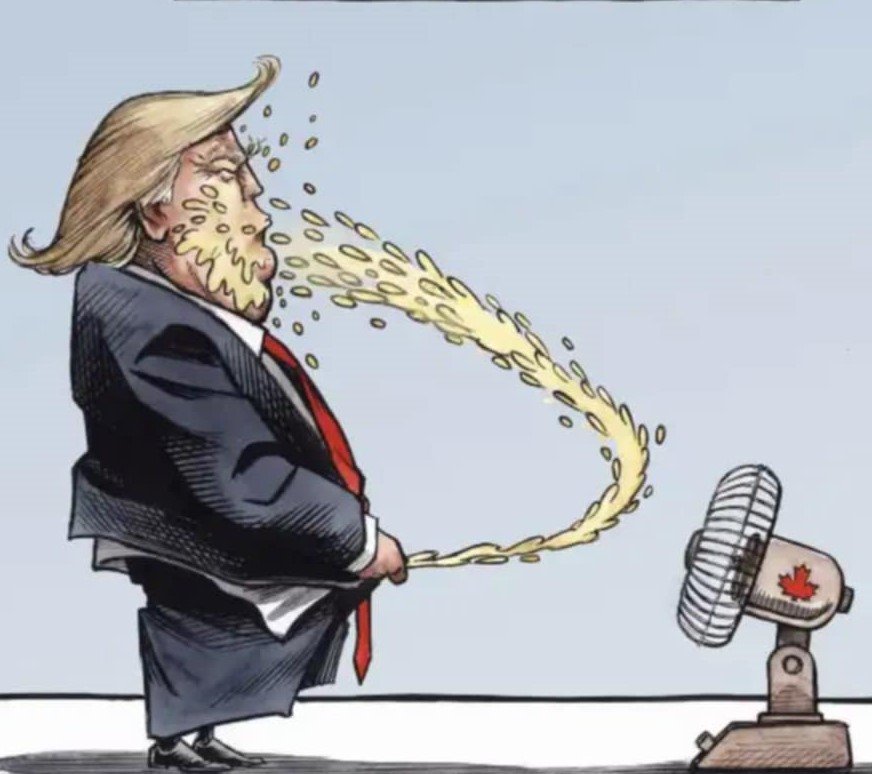When Geopolitics Meets Crypto
In times of heightened global uncertainty, financial markets across the board begin to reflect fear, caution, and volatility. This has been clearly observed in the wake of rising global trade tensions—particularly in the form of tit-for-tat tariff policies between major world economies. While these moves may seem far removed from the decentralized world of crypto, the impact is becoming increasingly difficult to ignore.
Cryptocurrencies, which once existed in a parallel financial universe, now appear more intertwined with macroeconomic developments than many had anticipated. Investors are beginning to ask the difficult question: Is crypto truly a hedge, or has it become just another risk asset in the global portfolio?
The Evolving Relationship Between Trade Policy and Crypto
The cryptocurrency market has matured significantly over the past five years. Institutional participation, integration into payment infrastructure, and increased regulatory oversight have helped legitimize the space. But with that maturity comes correlation.
As governments announce economic sanctions, tariff hikes, and supply chain restrictions, broader market reactions often include increased volatility across equities, commodities, and now, crypto. This is no coincidence.
Three key dynamics have emerged:
- Risk-Off Environment: Global trade disputes reduce investor appetite for risk. Historically, this has meant moving capital from equities to bonds or gold. Increasingly, crypto assets are being pulled into that equation—often sold off during high volatility moments as investors seek liquidity.
- Liquidity Drain Across Markets: Trade wars often trigger tightening financial conditions. As liquidity shrinks, speculative assets tend to suffer first. Despite being decentralized, cryptocurrencies are still sensitive to changes in global liquidity cycles.
- Narrative Shift from Hedge to Asset: Bitcoin and other cryptocurrencies were once considered uncorrelated assets or “digital gold.” But market data during recent trade standoffs suggests that crypto is now behaving more like a tech-heavy growth stock than a macro hedge.
Behavioral Triggers Behind the Recent Crypto Volatility
What’s often overlooked in technical or macroeconomic analysis is the emotional component—how traders react under pressure. During major geopolitical events, such as abrupt tariff escalations or diplomatic breakdowns, panic can ripple across all risk markets. Crypto traders, especially retail participants, are prone to overreaction.
Here are some behavioral trends observed:
- Flight to USD or Stablecoins: When markets enter risk-off mode, many traders exit volatile positions into stablecoins or fiat, regardless of long-term outlook.
- Misinterpretation of Signals: Rumors of central bank interventions, or policy shifts in major economies, can trigger sharp, emotionally-driven decisions among crypto traders without a full grasp of the macro implications.
- Loss Aversion Bias: As the market dips, fear of further loss outweighs the desire for potential gain—leading to rapid position closures and cascading liquidations, especially in leveraged platforms.
How to Navigate the Storm: Tactical Approaches for Crypto Traders
In a market shaped not only by charts but by headlines, what should informed crypto traders focus on?
1. Macro Awareness Is Now Mandatory
Traders need to monitor more than just crypto news. Understanding the macroeconomic backdrop—interest rate policies, trade talks, and geopolitical tensions—is essential. Daily awareness of global policy statements can help anticipate shifts in sentiment.
2. Reduce Leverage, Increase Optionality
In periods of macro-driven volatility, reducing exposure to leverage can protect portfolios from liquidation cascades. Instead, use optionality—hedging, short-term protection strategies, or simply sitting in stablecoins during turbulence.
3. Reassess Asset Correlations
What worked as a non-correlated hedge in previous market cycles may no longer offer the same protection. Traders should revisit assumptions about how their crypto holdings interact with the broader economic picture.
4. Strengthen Technical and Sentiment Analysis
While technical analysis remains a key pillar of trading, it must now be supplemented with sentiment tracking tools—fear/greed indices, funding rates, and social sentiment data to anticipate short-term movements better.
5. Mental Discipline and Journaling
Psychological resilience is often underestimated. Keeping a trading journal during volatile events helps identify emotional triggers and strengthens long-term performance.
Final Thoughts: This Is a Trader’s Market
The crypto market’s reaction to global trade tensions has shown that we are no longer operating in a siloed space. Traders can no longer afford to focus solely on crypto-specific developments. This is a trader’s market—one that demands macro awareness, emotional discipline, and a dynamic toolkit that evolves with the market.
This article was written by CryptoAnalyzes.




















